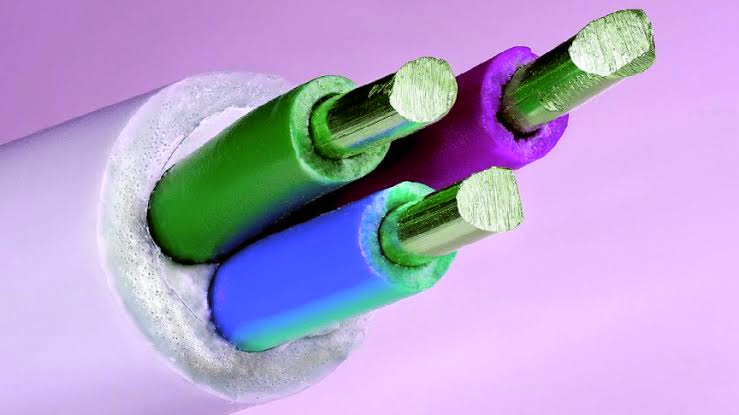- Books Name
- Physics Book Part l and ll
- Publication
- Grow Career Publication
- Course
- CBSE Class 12
- Subject
- Physics
Chapter 1: Electric Charges and Fields

Electric Charges
The name electricity is coined from the Greek word electron meaning amber. Many such pairs of materials were known which on rubbing could attract light objects like straw. “The properties of matter, atoms and molecules are determined by the magnetic and electric forces present in them. There are also only 2 kinds of an entity called the electric charge.”
Conductors and Insulators

Those substances which readily allow the passage of electricity through them are called conductors , just like metals, and the earth and those substances which offer high resistance to the passage of electricity are called insulators When some charge is transferred to a conductor, it readily gets distributed over the entire surface of the conductor. In contrast, if some charge is put on an insulator it stays at the same place.
Properties of Electric charge?
That there are two types of charges, namely
1.positive and
2.negative
An electric charge has three fundamental properties :-
Conservation- there is transfer of electrons from one body to the other; no new charges are either created or destroyed , The total charge of an isolated system is always conserved, initial and final charge of the system will be same.
Quantization - it is established that all free charges are integral multiples of a basic unit of charge denoted by e. Thus charge q on a body is always given by
q = ±ne
Additive- This property of electric charges represents the total charge of a body as the algebraic sum all the singular charges acting on the system. If a system contains n charges q1, q2, q3, …, qn, then the total charge of the system is q1 + q2 + q3 + … + qn .

 Madhava Publications
Madhava Publications
 Grow Career Publication
Grow Career Publication
